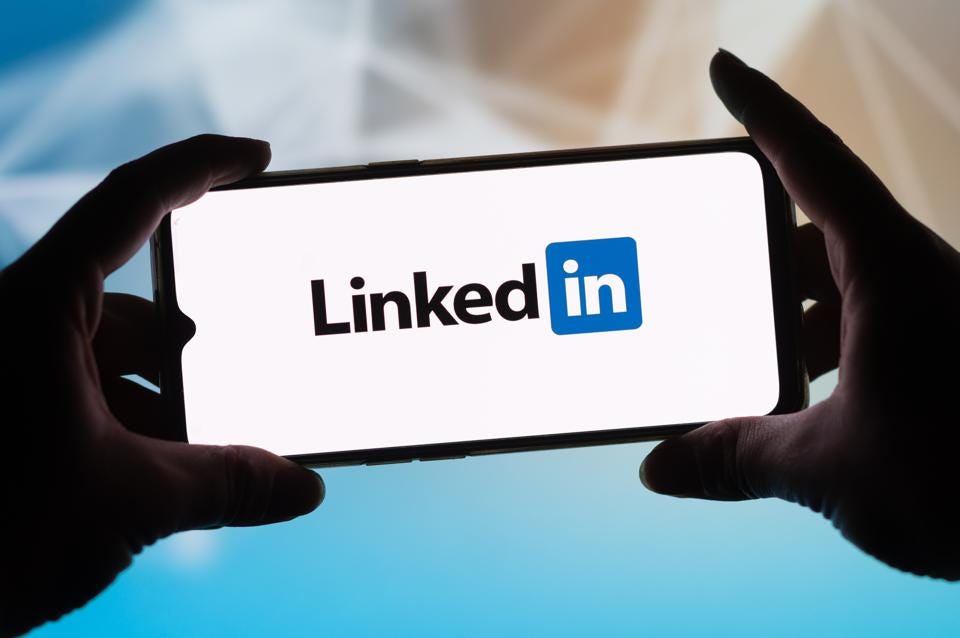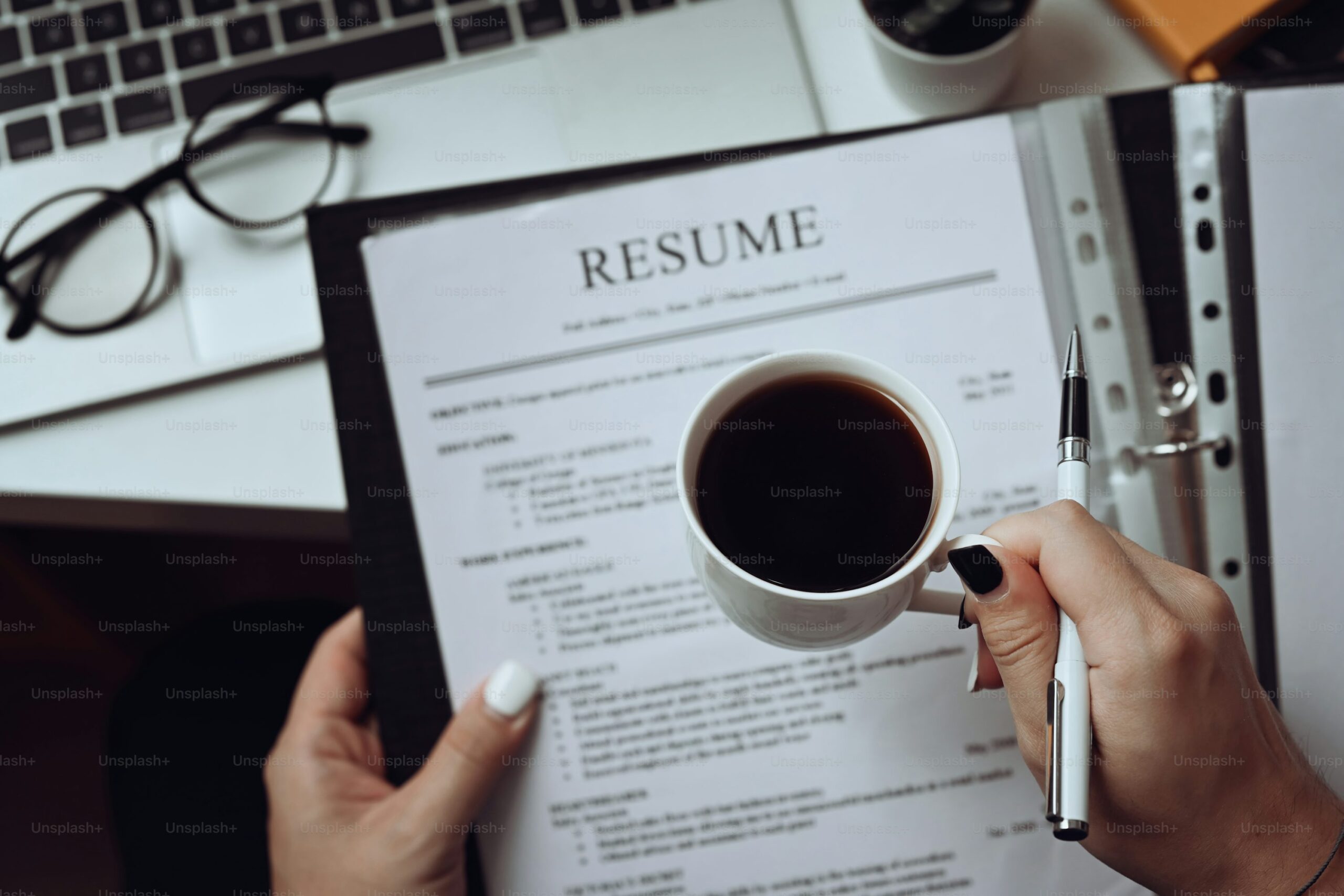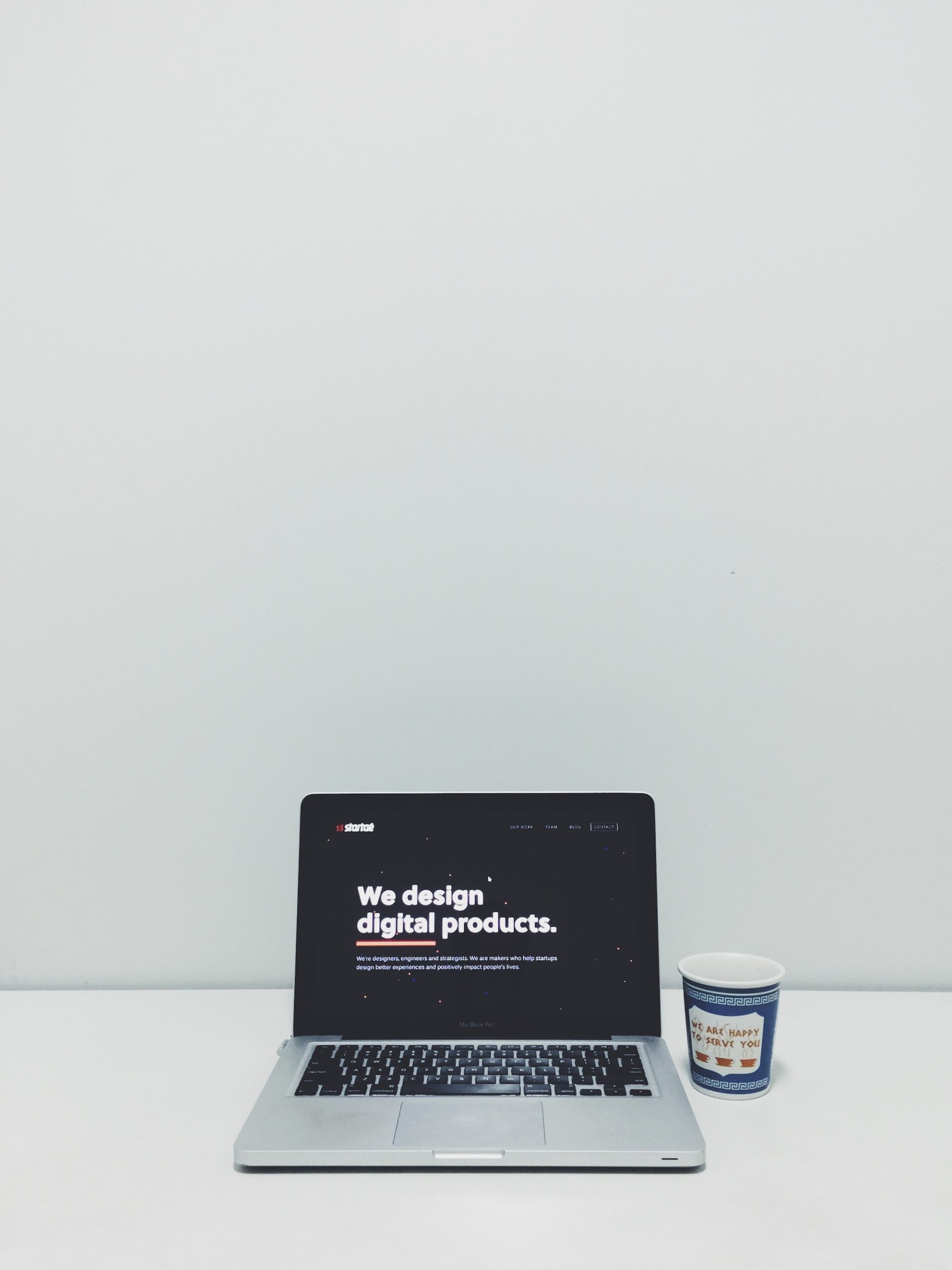Adding a hyperlink to your LinkedIn profile in your resume is more than just a neat trick—it’s a way to showcase your professional online presence and make it easier for recruiters to learn more about you.
I’ve seen firsthand how a simple clickable link can improve a resume’s effectiveness. It shows that you’re tech-savvy and serious about your career, and it saves employers the time of searching for your profile manually.
In this post, I’ll explain why linking your profile is important, share a step-by-step guide on how to do it, provide some handy tips, and answer common questions. Let’s dive into the details.
Why a Hyperlinked LinkedIn Profile Matters
Many hiring managers spend only a few seconds scanning a resume. If your resume is cluttered or if they have to hunt for your online profile, you might lose that precious moment of interest. Including a hyperlink makes it easier for recruiters to quickly access your complete professional story.
According to a Jobvite report, nearly 80% of recruiters now use social media to vet candidates. By adding a clickable link to your LinkedIn profile, you provide instant access to recommendations, endorsements, and additional details about your career. It’s a modern way of saying, “Here’s the complete picture.”
Adding a LinkedIn hyperlink not only saves time but also reinforces your digital presence. I have noticed that a well-organized online profile can be a powerful supplement to your resume. In addition, it can help you stand out by showing you’re up-to-date with current trends in job searching and recruitment.
Just Before You Go
Empower individuals to overcome barriers, gain essential skills, and secure gainful employment through our proven programs—KeelMaster, KeelWings, and KeelMate. Your support can spark change and build brighter futures.
Donate NowHow to Hyperlink Your LinkedIn Profile in Your Resume
I use a few simple steps to ensure that the hyperlink is neat, professional, and effective. Here’s a guide that you can follow whether you’re using a word processor like Microsoft Word or creating a PDF:
Step 1: Update Your LinkedIn Profile URL
Before inserting a hyperlink, make sure your LinkedIn profile URL is clean and professional. LinkedIn allows you to customize your URL, which can remove extra numbers or characters. To do this:
- Log in to your LinkedIn account.
- Click on your profile picture, then select “View Profile.”
- On the right side, look for the “Edit public profile & URL” option.
- Click the pencil icon next to your URL and set it to something simple like
linkedin.com/in/yourname.
A custom URL looks much more professional and is easier to remember or type if needed.
Step 2: Insert the Hyperlink in Your Resume
Once your URL is ready, open your resume document. If you’re using Microsoft Word or Google Docs, follow these steps:
- Highlight the Text: Decide where you want to place the link. It might be your name in the header or a separate section labeled “Professional Profile.” Highlight that text.
- Insert the Link:
- In Microsoft Word, right-click the highlighted text and choose “Hyperlink,” then paste your custom LinkedIn URL.
- In Google Docs, click on the “Insert link” icon in the toolbar (or press Ctrl+K) and paste the URL.
- Check the Link: Save your document and test the hyperlink by clicking it to ensure it directs you to your LinkedIn profile correctly.
If you’re creating a PDF, many word processors let you save your document as a PDF with hyperlinks intact. Always double-check that the links are active in the PDF version.
Step 3: Optimize Your Resume for Both Digital and Print
While a hyperlink is useful in digital copies of your resume, you may also need to include the full URL if you suspect your resume will be printed or viewed offline. A good practice is to include both:
- Digital Copy: A clickable text link.
- Print Copy: A small note with the full URL, perhaps in a footer or next to your contact information.
This dual approach ensures that anyone who picks up your resume can find your online profile easily.
Tips for a Professional Look
Here are some additional tips I follow to keep everything professional and clean:
- Consistency is Key: Use the same font, size, and style for all hyperlinks. Consistency makes your resume look well-organized.
- Avoid Overcrowding: Only add the necessary links. Your email, phone number, and LinkedIn profile are usually enough.
- Test on Multiple Devices: Ensure your hyperlink works on different devices. Recruiters might use smartphones, tablets, or desktops.
- Include a Call-to-Action: If you have space, you might add a note like “Click here to view my professional profile” to guide the reader.
- Double-check the URL: A small typo in your LinkedIn URL can make your link useless. Always review it carefully.
Avoiding Common Pitfalls
While adding a hyperlink is straightforward, a few mistakes can make your resume look unprofessional:
- Broken Links: If you change your LinkedIn URL later, update your resume immediately. Broken links can reflect poorly on your attention to detail.
- Excessive Linking: Don’t overload your resume with multiple links. Keep it simple and relevant.
- Cluttered Layout: Place your hyperlink in a clean area of your resume, such as near your name or contact details, rather than in a cluttered section.
FAQs
Do I really need to include my LinkedIn profile on my resume?
Yes, it’s a great way to provide additional context about your professional journey. Many recruiters appreciate a quick way to see your skills, endorsements, and career progression.
What if I don’t have a LinkedIn profile?
Consider creating one. It’s free and widely used in professional circles. A robust LinkedIn profile can serve as an extension of your resume.
Should I include the full URL or just a hyperlink?
It depends on the format of your resume. In digital formats, a clickable hyperlink is ideal. In printed copies, include the full URL to ensure accessibility.
How can I make sure my hyperlink works correctly?
Always test your document after inserting the hyperlink. Click the link in your digital document to see if it directs to the correct LinkedIn page. If you’re saving as a PDF, check the links in the PDF version.
Can I customize the display text of the hyperlink?
Absolutely. Instead of showing a long URL, you can use text like “My LinkedIn Profile” to keep it neat and professional.
Further Resources
For more detailed information on resume writing and online branding, I recommend checking out these resources:
- LinkedIn Help Center: Find detailed guides on how to manage and optimize your profile. Visit LinkedIn Help.
- The Balance Careers: Offers great tips on resume building and professional branding. Check out their resume section at The Balance Careers.
- Indeed Career Guide: Provides additional advice on digital resumes and modern job application practices. Visit Indeed Career Guide.
Conclusion
Taking the time to add a hyperlink to your LinkedIn profile in your resume can make a significant difference. It not only streamlines the process for recruiters but also reflects your understanding of the digital tools that shape today’s hiring practices. This simple step can help bridge the gap between a traditional resume and your dynamic online professional identity.
I hope you found this guide useful and easy to follow. Do you have any other tips or tricks when it comes to linking your online profiles to your resume? How do you think this step enhances your professional image?
Just Before You Go
Empower individuals to overcome barriers, gain essential skills, and secure gainful employment through our proven programs—KeelMaster, KeelWings, and KeelMate. Your support can spark change and build brighter futures.
Donate Now



